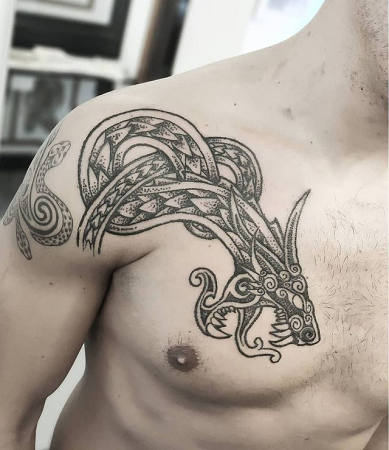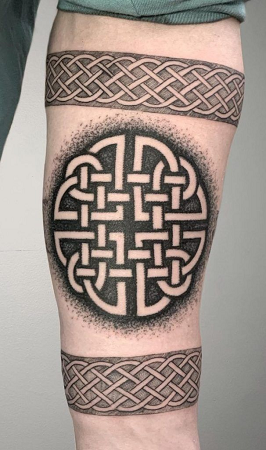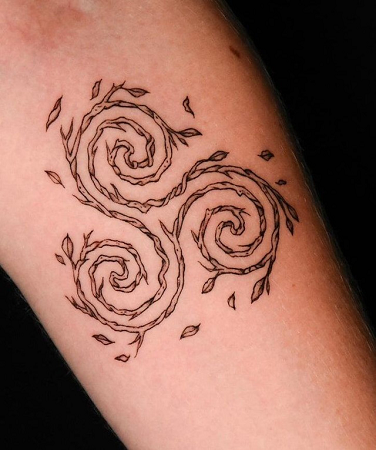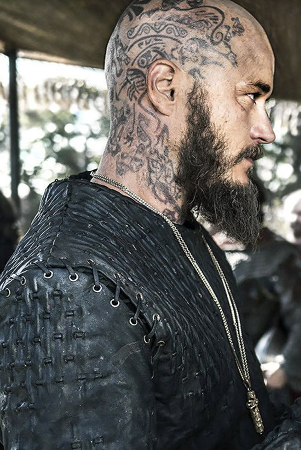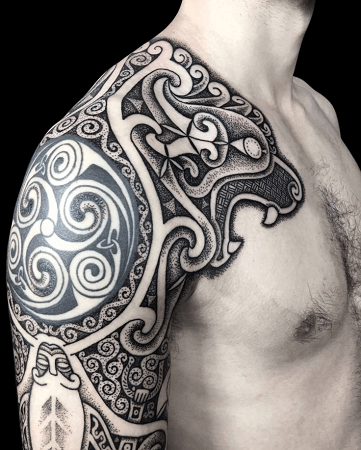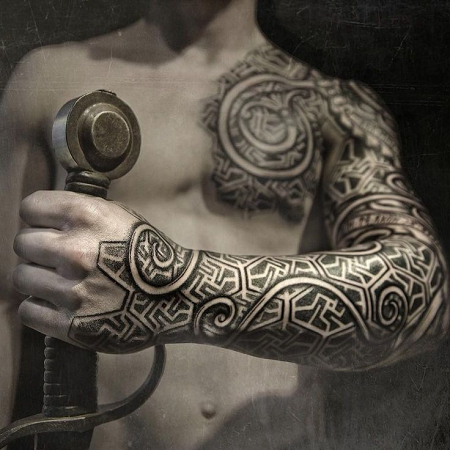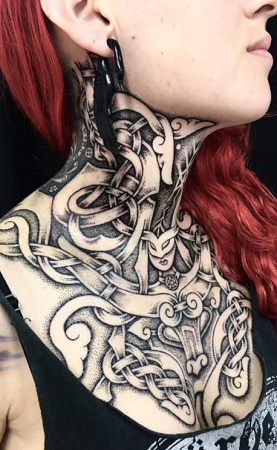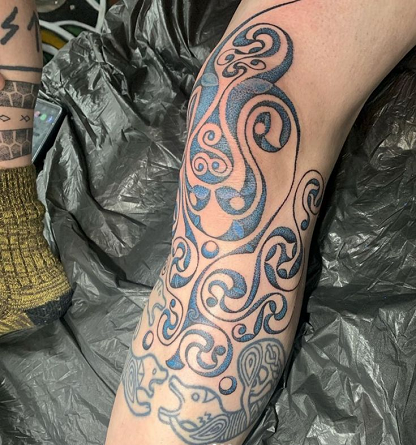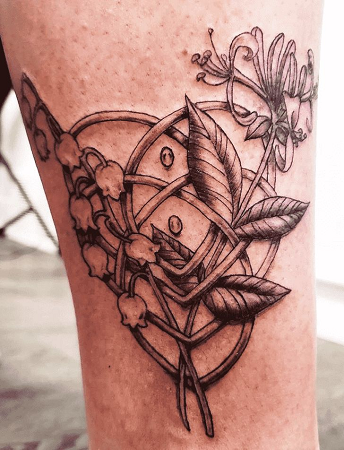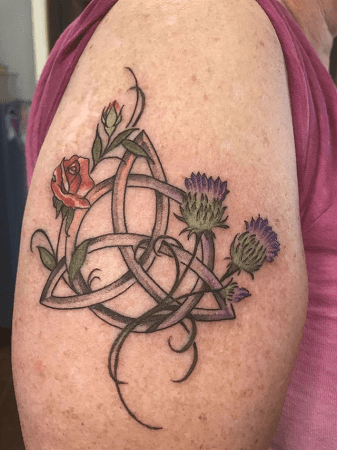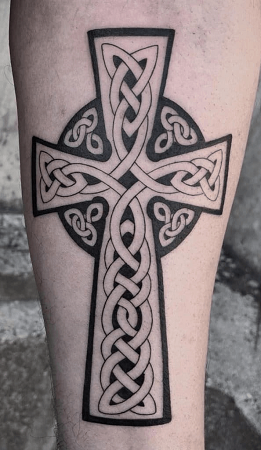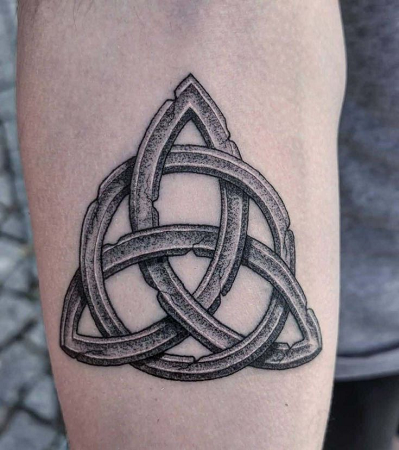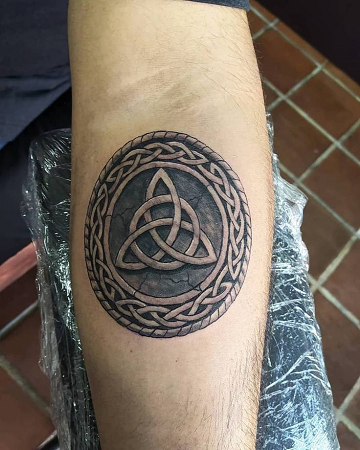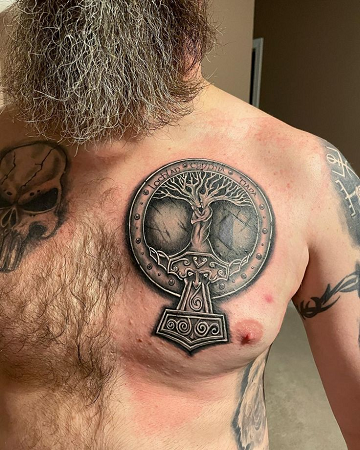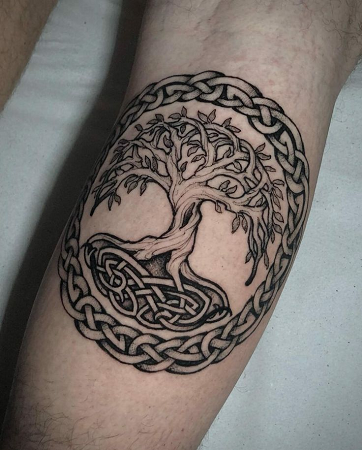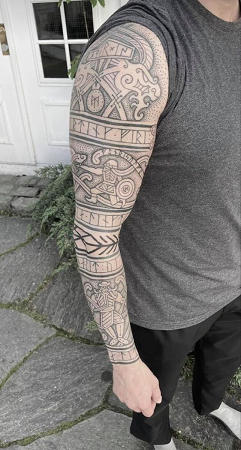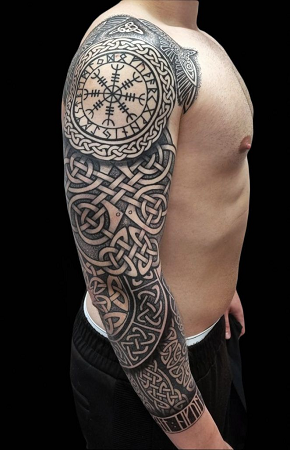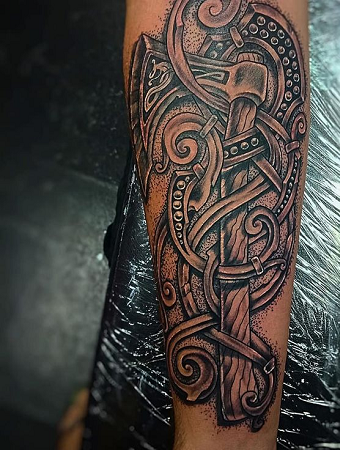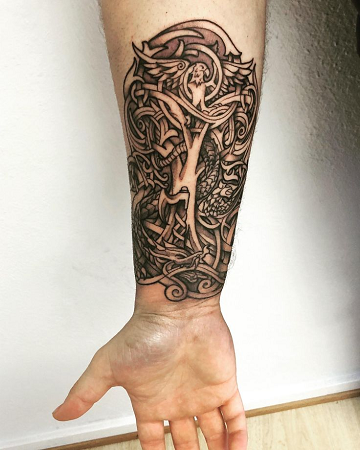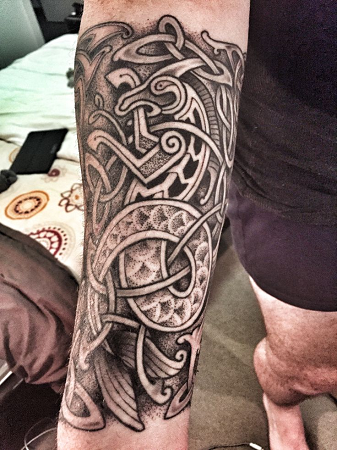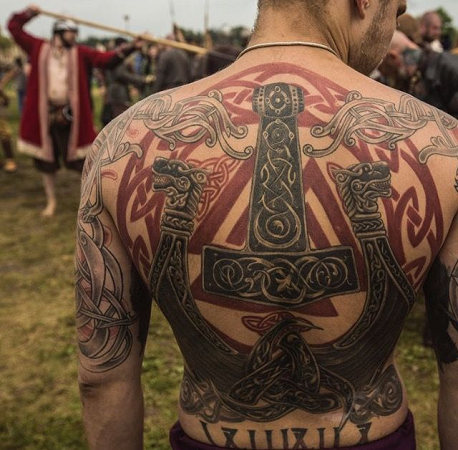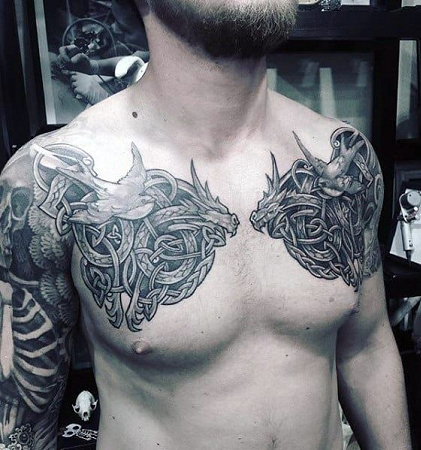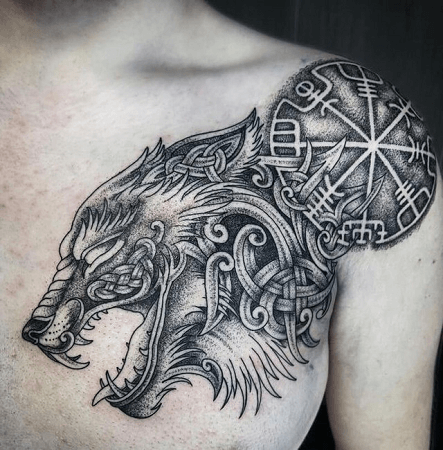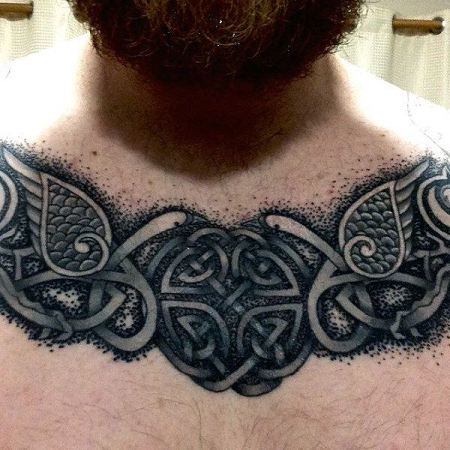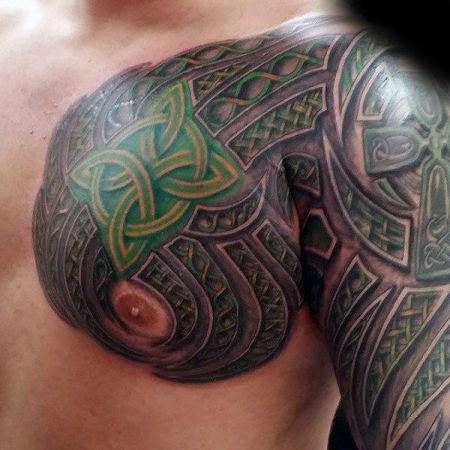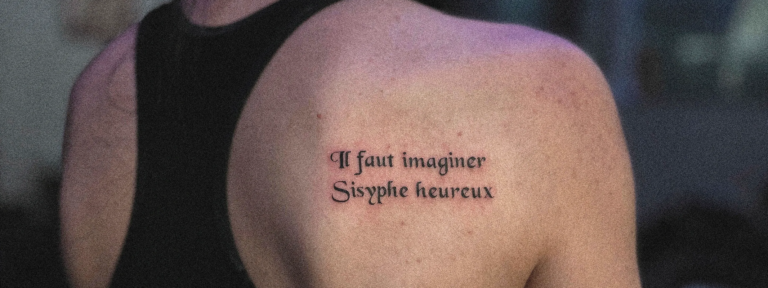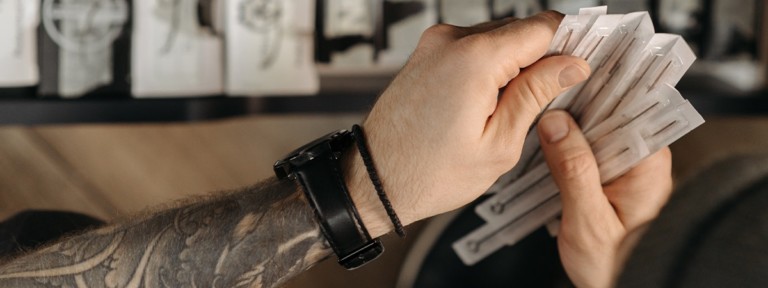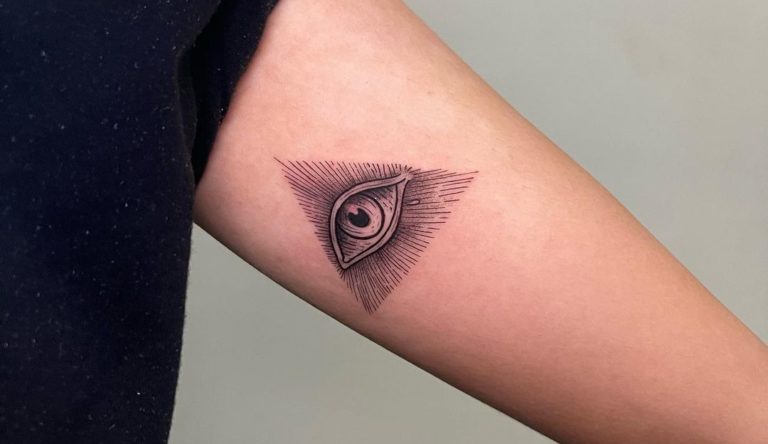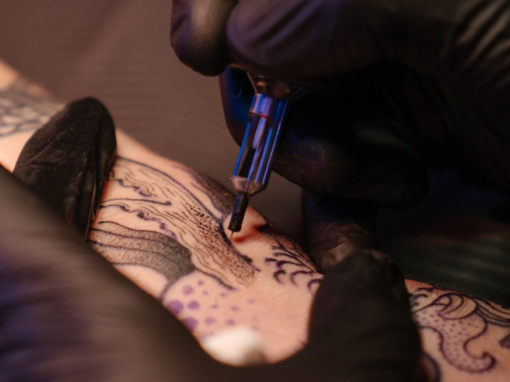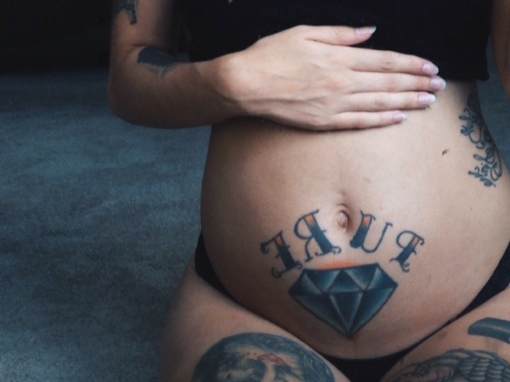The allure of Celtic tattoos surpasses the limitations of time. They tell complicated tales of heritage and symbolism onto the canvas of the human body.
We dived into the recent tattoo culture’s interpretation of these ancient designs. Let’s delve deep into the historical roots that anchor them to today with our article.
Brief History of Celtic Tattoos
Celts are a civilization in Iron Age Europe. They are an ancient Indo-European people that inhabited Ireland, Scotland, Wales, and parts of continental Europe from as early as 1200 BCE. Throughout their history, the Celts developed a unique artistic style that lasts until today. It also left a mark on the world of tattoo art.
Celtic tattoo art patterns originate from their artifacts. Artifacts, including impressive metalwork, pottery, and stone carvings, feature intricate patterns of knots, spirals, and animals. Beyond aesthetic appeal, these symbols carry deep meanings for the Celts.
Tattoos played a great role in Celtic rituals and ceremonies. Historical evidence suggests that these tattoos often signified rites of passage or social status.
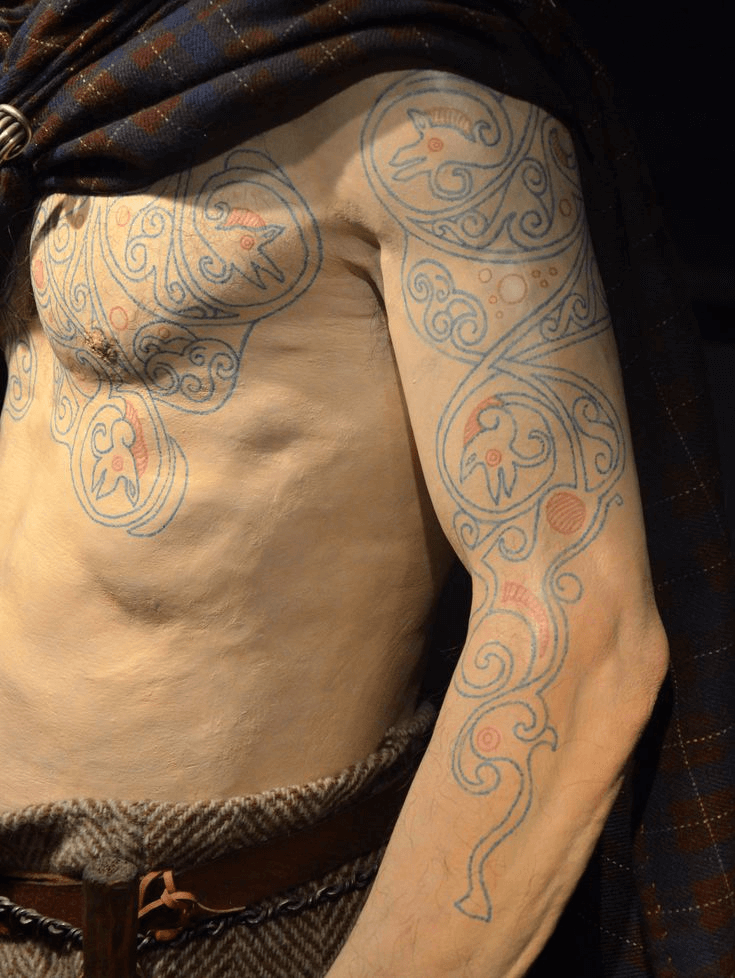
Modern Celtic Designs
Celtic tattoos evolve even today. Tattoo fans use Celtic designs to express their individuality while paying homage to their heritage that respects the essence of life.
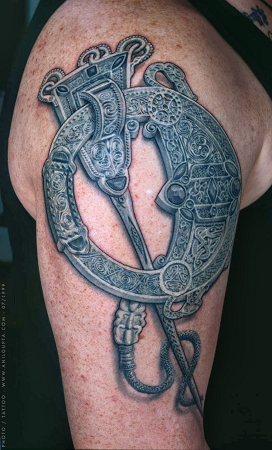
Traditional Celtic Tattoo Designs
Celtic tattoos are known for their geometric details. Frequently, these designs find inspiration in ancient artifacts, manuscripts, and carvings.
They are detailed masterpieces in the world of body art. Each stroke of the artist’s needle creates rich cultural symbolism, deep-rooted beliefs, and narratives that echo history.
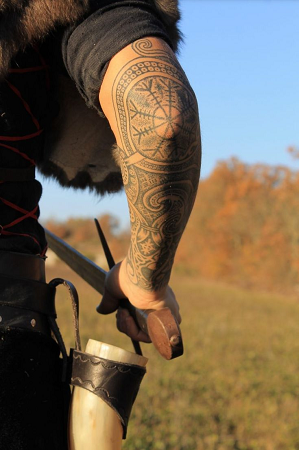
Animals
Celtic tattoo designs often feature animals. The Celts had a profound connection to nature. They employed these pictures to share qualities such as strength, loyalty, and freedom.
Knotwork
Each knot in Celtic knotwork represents a journey without a clear beginning or end, and its complexity mirrors life.
Spirals
Within traditional Celtic tattoos, spirals embody the beautiful philosophical perspective of the Celts on life, representing the cyclical nature of existence. Each spiral on the skin signifies the dance of time.
Celtic Tattoos for Men
Designs for men embody strength, honor, and cultural identity. They are visual chronicles. Each line and curve tells a story that resonates with masculinity.
Man’s Celtic tattoos connect him to his ancestors and show personal triumphs. The design choice is essential in shaping the wearer’s identity. It will serve as a visual autobiography narrated through the language of symbols.
Bold and Masculine Designs
The bold and masculine elements threaded into Celtic tattoos resonate with men seeking an expression of their strength and stability. From fierce animals like dragons and bears to warrior symbols, these designs are claims of the wearer’s unyielding character.
Warrior Tattoos
Celtic warrior tattoos have symbolic significance that shows the wearer’s struggles, victories, and spirit. They pay tribute to the brave warriors of antiquity
The complexity of these inks mirrors the complexities of the challenges faced on the battlefield of life.
Celtic Tattoos for Women
In the intricate world of Celtic design, women find a canvas for storytelling that beautifully blends tradition with a feminine touch. This creates inks that overcome mere aesthetics.
Feminine Twists on Traditional Celtic Designs
Feminine nuances in classic designs create a fusion of strength and grace. Celtic tattoos for women balance tradition and femininity, They often have motifs like spirals and knotwork with floral decorations. These tattoos create a harmonious and elegant mix.
Celtic Knotwork as an Expression of Femininity
For women seeking to embrace strength in femininity, Celtic knotwork becomes the best choice. It represents the unbreakable bonds of love and unity and the roles women play in weaving the fabric of life.
Floral Elements in Celtic Tattoos for Women
Delicate Celtic patterns and floral elements offer women a unique way to express femininity. Roses, lilies, peonies, and other blooms improve the visual appeal and symbolize growth, renewal, and the delicate strength that represents womanhood.
Unisex Celtic Tattoos
In Celtic tattoos, unisex designs have universal appeal and symbolism. They unite individuals, and bridge traditions, cultures, and diverse personal narratives. They are a shared language of self-expression.
Cross
The Celtic cross is a powerful symbol. Beyond its religious connotations, it illustrates a universal appeal. It represents faith, protection, and the harmonious fusion of spiritual elements.
Symbol for Family
The Celtic symbol for family design often features braided knots or symbols, It embodies the eternal bond shared within families. It is an ode to love, unity, and the connections that bind people together.
Tree of Life
The Tree of Life is a symbol of growth. This design reflects the cyclical nature of life, family bonds, and the flourishing of a person’s journey.
Best Placements for Celtic Inks
Selecting the placement is a critical decision when opting for Celtic tattoos. Whether it’s the visibility of sleeves or the understated charm of the wrist, it introduces an additional layer of meaning and aesthetic appeal to the overall design.
Sleeve Tattoos
The sleeve is a perfect canvas for creating complicated narratives. Warriors, animals, knotwork, and symbols make a visually epic image. This placement allows for an entire storytelling experience. This tattoo means the person proudly embraces their heritage.
Forearm Tattoos
Celtic forearm tattoos are for those who want better visibility. It is an ideal location for bold designs, whether a warrior symbol or intricate knotwork. The symbolism visible to the world becomes a constant companion in the wearer’s journey.
Wrist Tattoos
Celtic wrist tattoo allows smaller designs for a more delicate adornment. The symbols on the wrists serve as a testament to the wearer’s connection to tradition.
Other Placements
Celtic tattoos suit a lot of body areas. From a chest to a backpiece, the versatility of these designs shines through. Each placement brings nuances to the narrative, allowing individuals to create a visual story that aligns with their journey.
Summary
The story of Celtic tattoo designs grows beyond. It is deeply blended in the language of symbols. From the strength of warriors to the grace of femininity, these tattoos stand as living testimonials of resilience, identity, and the enduring power of self-expression.
Each design, etched with purpose, becomes a chapter in the ongoing story of Celtic heritage, inviting people of all genders to embrace a visual journey that spans centuries and resonates across diverse landscapes.
FAQ
? What Do Celtic Tattoos Mean?
A dominant motif in Celtic art circles around love, loyalty, strength, unity, and religious beliefs. Numerous Celtic designs feature three components, symbolizing the belief that everything significant exists in triads.
? Did the Celts Have Tribal Tattoos?
Yes, they did. Celtic tribes used tattoos to mark important rites of passage, such as coming of age, triumphs in warfare, or other notable achievements.
❌ What Does a Celtic Cross Tattoo Mean?
People choosing a Celtic cross tattoo often seek protection, strength, and guidance.
? Why are Celtic Tattoos Blue?
The Celts produced their tattoo ink by gathering and drying leaves from the indigenous Woad plant. They followed a process of boiling, straining, and then boiling again to craft a blue, paste-like dye.



